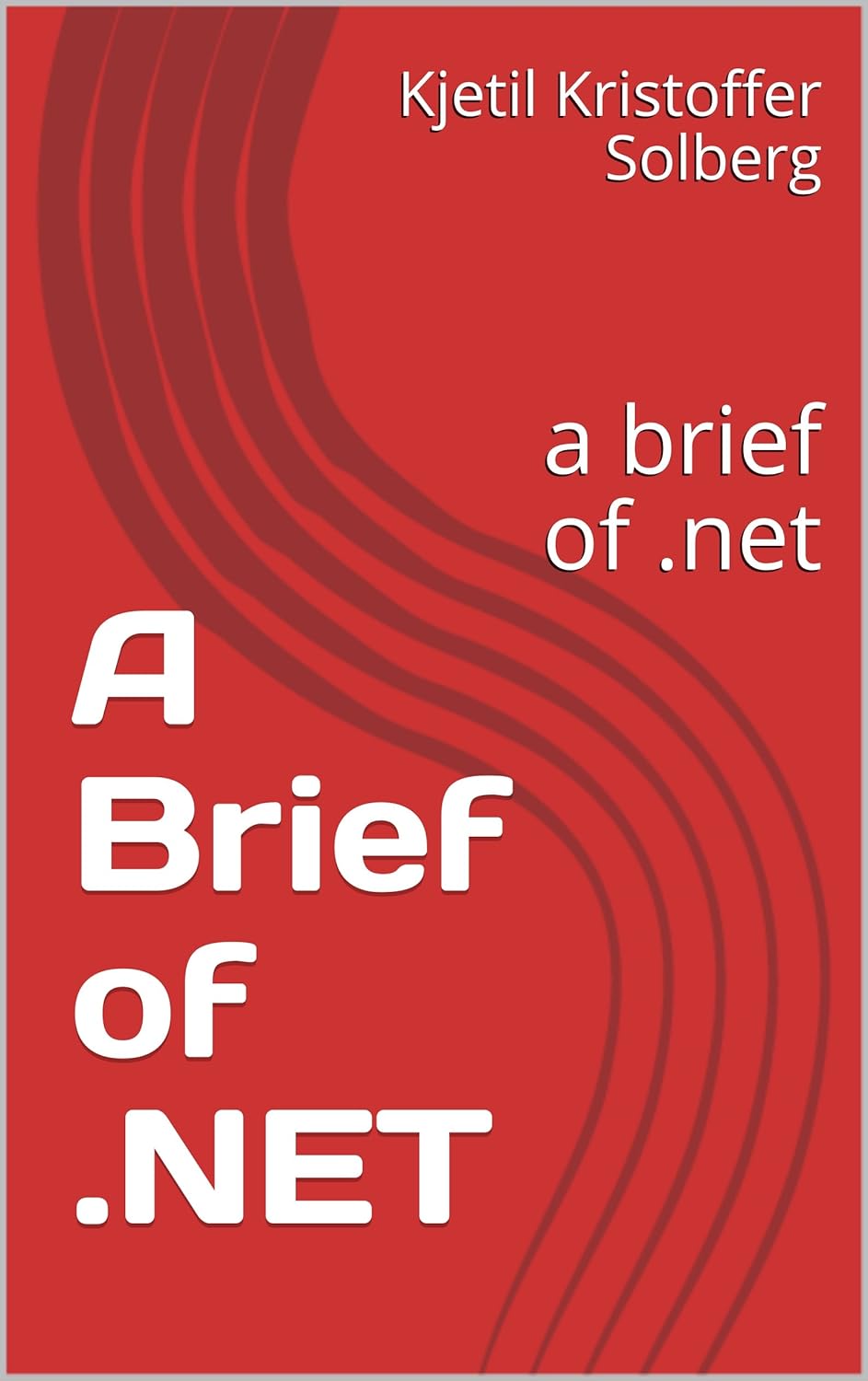Book: A Brief of .NET - hidden secrets of
This book provides a brief exploration of the .NET framework, focusing on its architecture and underlying technologies. It is structured to guide readers through a wide range of technical aspects, from the basics of .NET to advanced features like threading and security. Here’s a brief overview of each section:
Foreword The foreword introduces the purpose and scope of the book for readers looking to deepen their understanding of the .NET Framework.
Terms and Definitions A glossary of essential terms and definitions used throughout the book, providing readers with a foundation to understand the technical jargon associated with .NET.
Item 01: What is .NET An introductory overview of the .NET framework, explaining its origins, goals, and role in modern software development.
Item 02: Benefits of .NET This chapter explores the key advantages of using .NET.
Item 03: Just in Time Compiler and Memory Layout A dive into the .NET Just-In-Time (JIT) compiler, discussing how it translates IL code to machine code and optimizes runtime performance.
Item 04: Metadata An analysis of metadata within .NET, which serves as the descriptive data stored alongside program elements like classes and methods, enabling reflection and facilitating debugging, serialization, and security.
Item 05: Garbage Collection An look at the .NET garbage collection mechanism, explaining how memory is automatically managed, how object lifetimes are tracked, and the processes used to reclaim unused memory to prevent memory leaks.
Item 06: .NET PE32 File Format This section delves into the Portable Executable (PE) format, used by .NET applications, explaining the structure and role of PE32 files in the execution of managed code.
Item 07: CLR Hosting Explores how the Common Language Runtime (CLR) can be hosted by various applications, detailing the flexibility and extensibility it offers for embedding .NET applications into different environments.
Item 08: Assembly Loading Covers the mechanisms behind loading assemblies in .NET, how they are discovered, and the process by which the runtime handles assembly versioning, binding, and dependencies.
Item 09: Public Key and Assembly Signing Describes how public key cryptography is used in .NET for assembly signing to ensure code authenticity, integrity, and to provide strong naming for assemblies.
Item 10: Boxing and Unboxing A detailed explanation of the boxing and unboxing processes in .NET, which allows value types to be treated as objects and later converted back to value types, along with performance considerations.
Item 11: Weak and Strong References This section introduces the concepts of weak and strong references in .NET, explaining how memory management is handled in cases where objects may or may not need to persist in memory.
Item 12: Component Services (.NET and COM+) An exploration of how .NET interacts with Component Object Model (COM) services, focusing on interoperability between managed .NET code and legacy COM+ components.
Item 13: Language Integrated Query (LINQ) An introduction to LINQ, its syntax, and how it allows developers to perform queries on different data sources (like databases or collections) using a unified query language directly within C# or other .NET languages.
Item 14: Threading and Tasks Covers the concepts of multithreading and task-based programming in .NET, explaining how developers can create responsive and efficient applications using asynchronous programming models.
Item 15: Code Access Security (CAS) The final section covers Code Access Security (CAS), a security model in .NET that enforces access controls based on the identity of code, protecting systems from unauthorized or malicious code execution.

